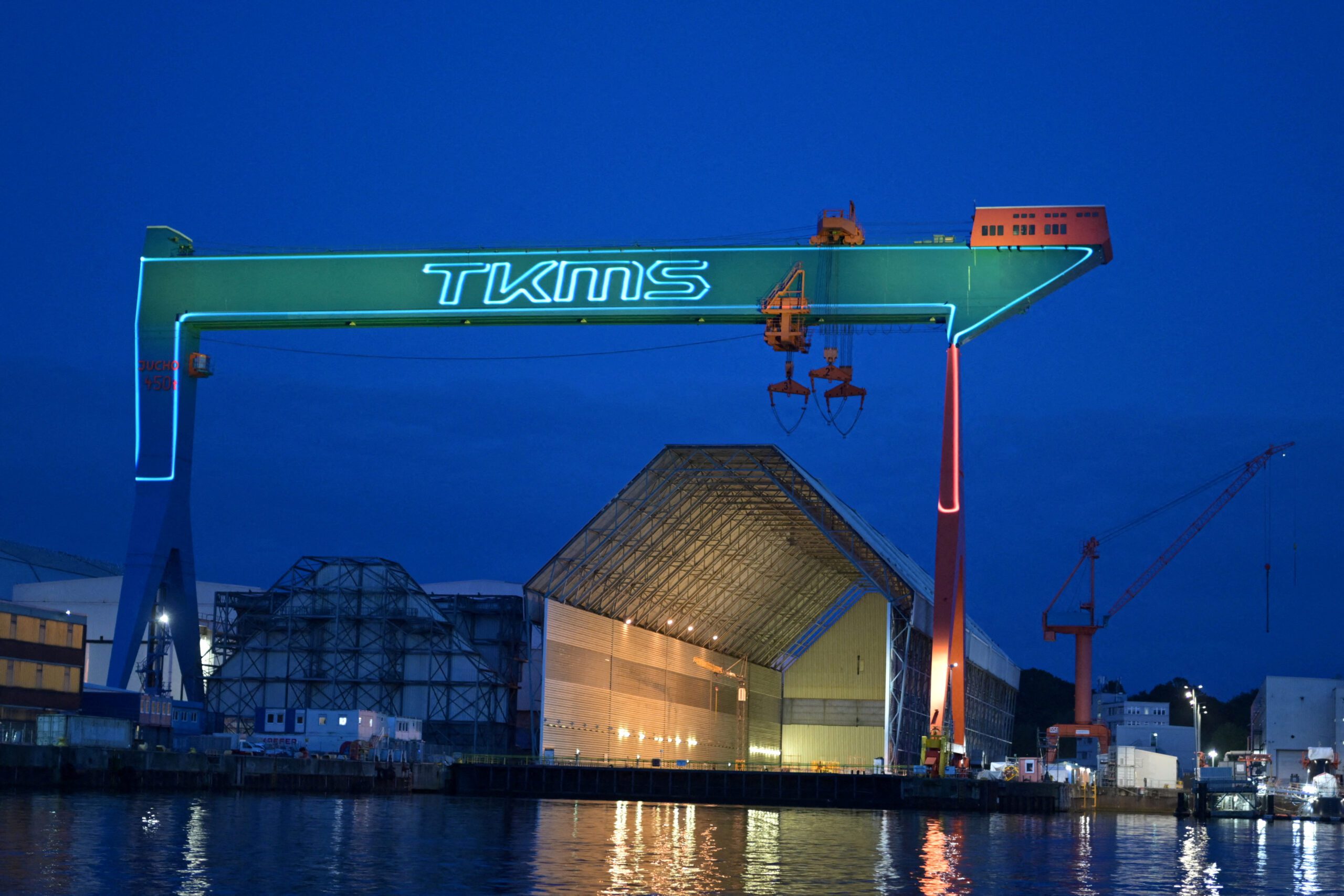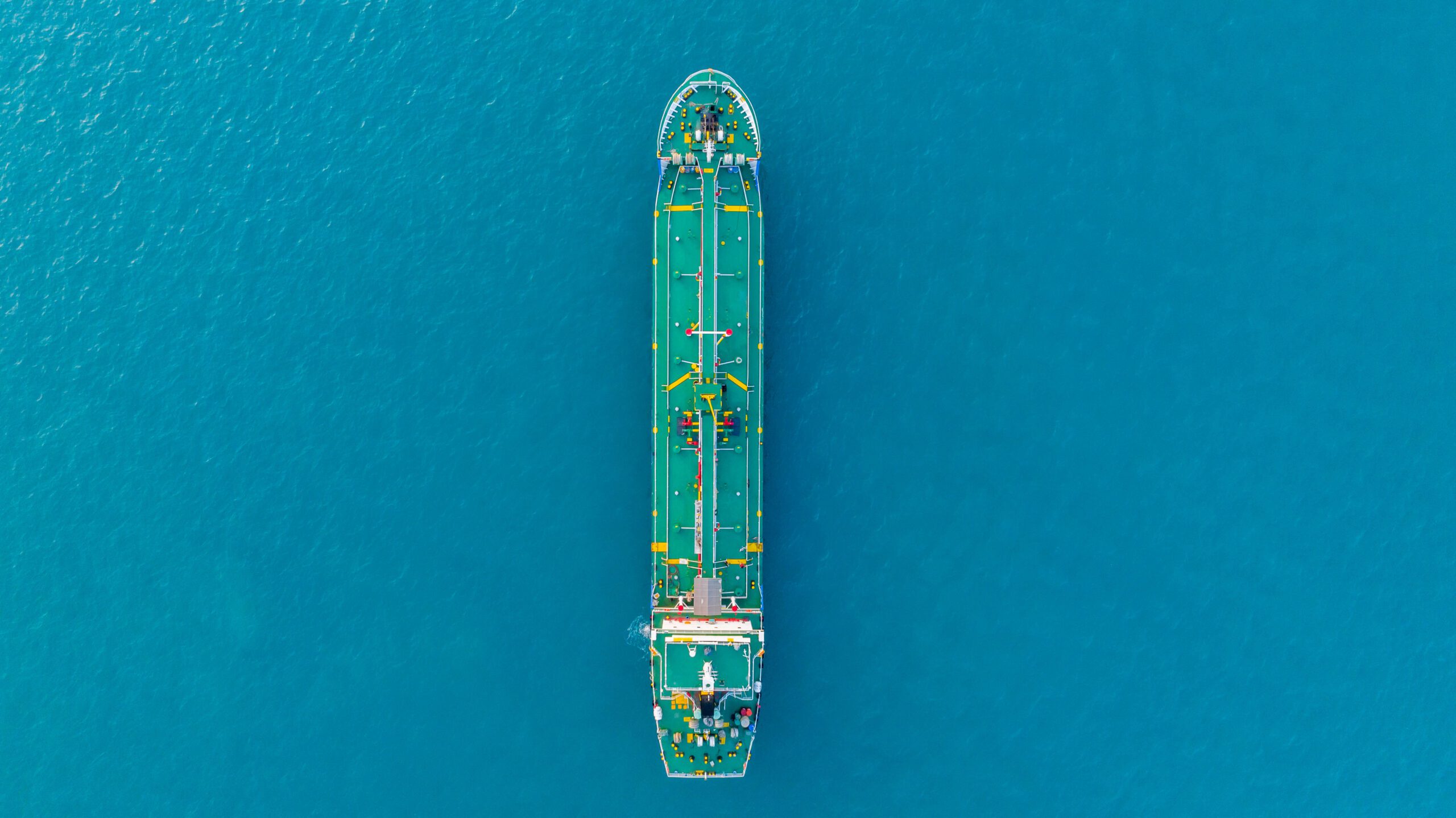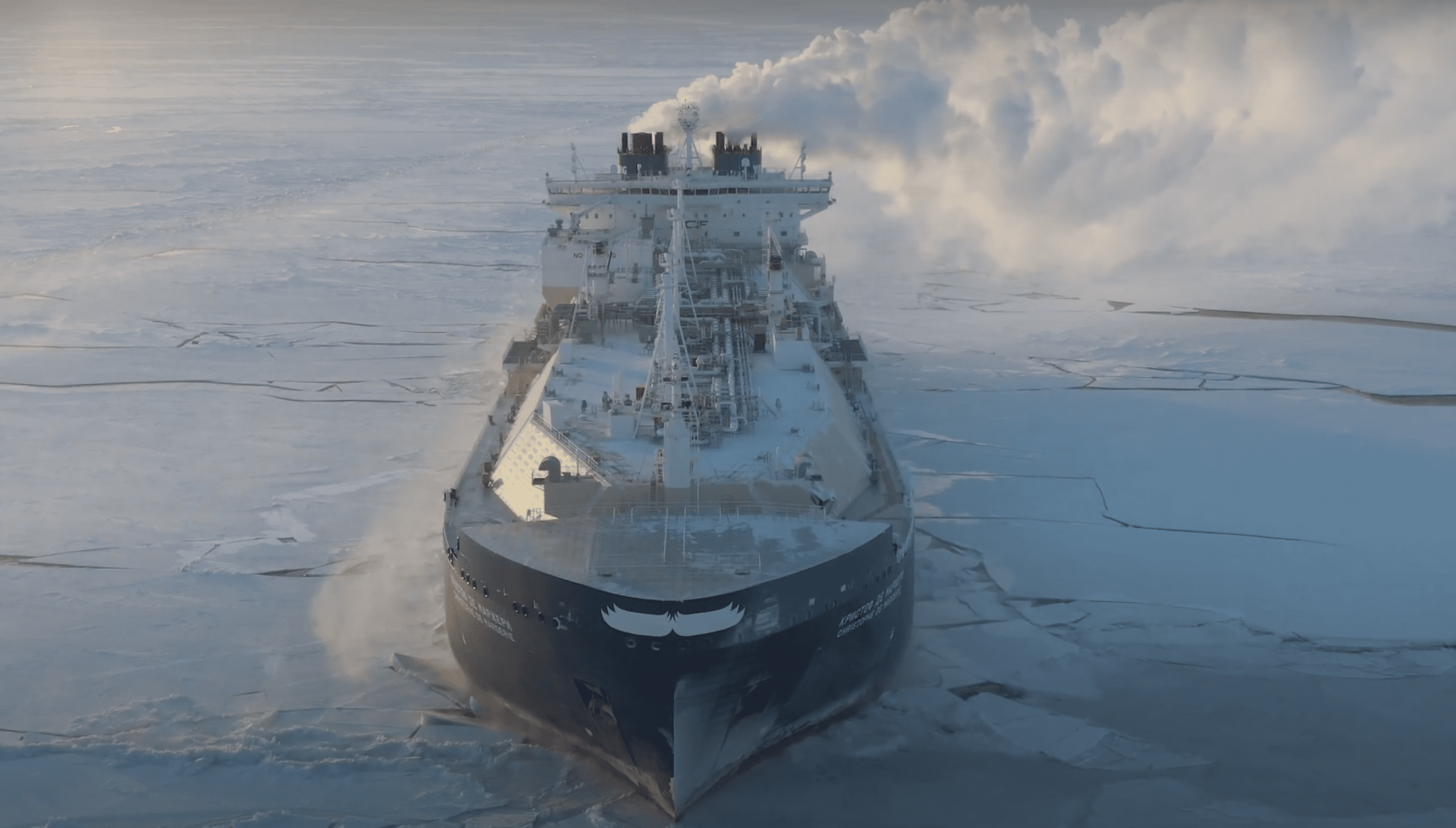Last week’s surprise announcement from Maersk and Hapag-Lloyd on the formation a new long-term operational collaboration named the Gemini Cooperation is set to disrupt the current shipping alliances landscape, according to Alphaliner.
The agreement, beginning in February 2025, aims to create a best-in-class global network with superior schedule reliability, competitive transit times, and a reduced carbon footprint.
The collaboration will merge the fleets of both companies, creating a pool of around 290 vessels with a combined capacity of 3.4 million TEUs. Maersk will deploy 60% of these vessels, while Hapag-Lloyd will account for the remaining 40%. The companies have set an ambitious target of achieving above 90% schedule reliability once the network is fully operational.
The formation of the Gemini Cooperation will lead Hapag-Lloyd to exit THE Alliance early at the end of January 2025, two years ahead of its scheduled conclusion in 2027. Similarly, Maersk and MSC Mediterranean Shipping Company have already announced that their 2M alliance would conclude in January 2025.
The move has caused quite a stir in the shipping world. Alphaliner notes that apart from marking a change in Maersk’s previous stance to operate independently after the 2M partnership ends, it also means that Hapag-Lloyd will leave THE Alliance after eight years. The new ‘hub and spoke’ network structure, which limits port calls on deep-sea loops, is also noteworthy.
The departure of Hapag-Lloyd could spark changes in THE Alliance, but the remaining members (NYK, Yang Ming, MOL, K-Line, HMM), have limited options, says Alphaliner. THE Alliance could potentially carry on without Hapag-Lloyd, who, despite being ranked fifth globally, is not the main contributor of tonnage to THE Alliance (ONE currently holds that position with 38.7% of capacity).
A new alliance between the remaining THE Alliance members and the Ocean Alliance (whose members include CMA CGM, COSCO, OOCL, and Evergreen) seems unlikely due to the latter’s already substantial market share in Asia – Europe and Transpacific trades.
While these changes could bring challenges, they also offer opportunities for strategic reshuffling and strengthening of alliances within the shipping industry.

 Join The Club
Join The Club










